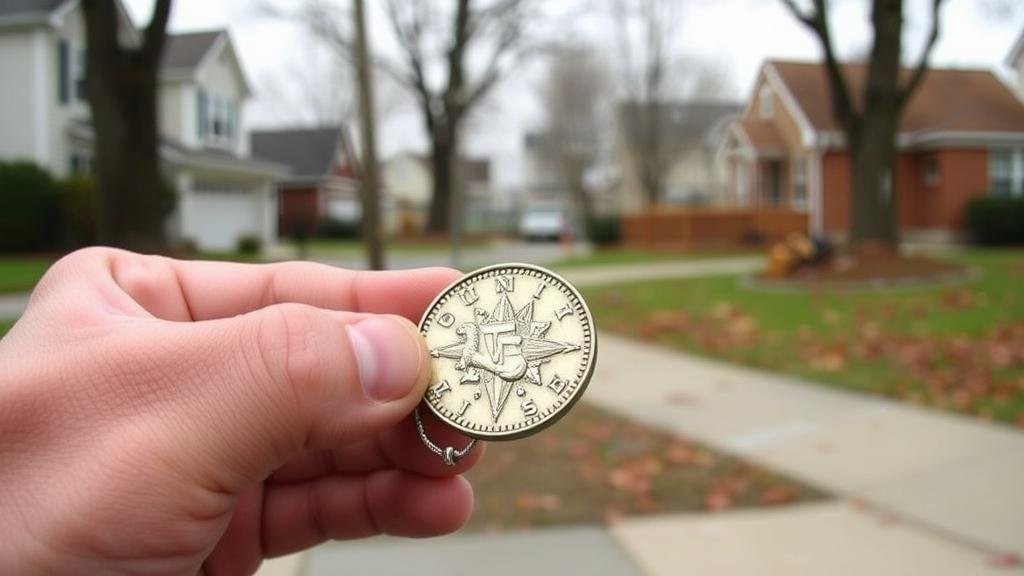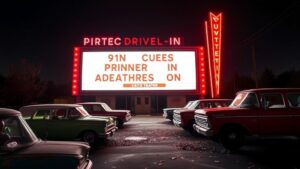Detecting in Suburban Neighborhoods for Historic Coins and Jewelry
Detecting in Suburban Neighborhoods for Historic Coins and Jewelry
Metal detecting in suburban neighborhoods can be a rewarding hobby that blends history, adventure, and the potential for treasure hunting. As urbanization extends, many suburban areas boast rich histories that date back decades or even centuries, offering fertile ground for those looking to uncover historic coins and jewelry. This article aims to explore the methodologies, tools, and ethical considerations involved in detecting within these neighborhoods.
The Historical Context of Suburban Areas
Suburban neighborhoods often developed around urban centers, and many reflect the history of the communities that once thrived there. late 19th and early 20th centuries saw a boom in suburban living, driven by advancements in transportation and the growing middle class. Historic homes, local parks, and community centers can serve as hotspots for metal detecting enthusiasts.
For example, in the suburbs surrounding Chicago, neighborhoods like Oak Park contain homes designed by the famed architect Frank Lloyd Wright. Detecting in these areas may yield coins from the early 1900s, which provide valuable insights into daily life during that era.
Essential Tools for Metal Detecting
Before embarking on a metal detecting expedition, it is crucial to equip yourself with the right tools and knowledge. primary tool, of course, is a metal detector. Here are some factors to consider:
- Type of Metal Detector: VLF detectors are ideal for coin shooting, while Pulse Induction (PI) detectors excel in highly mineralized soil. Choose based on your local conditions.
- Accessories: A digging tool, headphones, and a finds pouch are essential for a streamlined experience.
- Research Resources: Online databases and local historical societies can provide valuable information regarding the history of specific neighborhoods.
Prime Locations for Detecting
The choice of locations in suburban neighborhoods is critical for success. Here are some of the best spots:
- Old Parks: Many suburban parks were established in the early 20th century and could potentially hold lost coins and jewelry.
- Historic Schools: Schools built during significant historical periods often have extensive playgrounds and athletic fields, perfect for detecting.
- Neighborhood Yards: Residential yards, especially those of older homes, can be treasure troves of forgotten valuables.
Methodologies for Effective Detection
Site Research and Preparation
Before you begin detecting, research is critical. Understanding the history of the neighborhood can guide where to focus your efforts. Investigative methods include:
- Historical Maps: Use tools like the Sanborn Fire Insurance maps to identify historical properties and former land uses.
- Local Libraries and Archives: These can provide photographs, articles, and records that identify past events or popular gathering spots.
- Community Knowledge: Engaging with long-time residents can reveal valuable anecdotes about the neighborhood’s history.
Detection Techniques
Employing effective detection techniques enhances your chances of finding historic items. Here are some strategies:
- Grid Pattern: Conduct a systematic search by covering the area in overlapping rows to ensure complete coverage.
- Targeting Anomalies: Detecting near historical structures and areas with soil disturbances can lead to surprising finds.
Ethical Considerations
With the prospect of treasure hunting comes the responsibility of ethical practices. Detecting should be done with sensitivity toward property ownership and historical preservation. Key points include:
- Permission: Always obtain permission before detecting on private property.
- Leave No Trace: Fill any holes you dig and leave the site cleaner than you found it.
- Reporting Finds: Consider reporting significant historical finds to local museums or historians.
Conclusion
Metal detecting in suburban neighborhoods offers an exciting way to connect with the past while engaging in a fulfilling outdoor activity. By understanding the historical context, employing effective detection methodologies, and adhering to ethical practices, enthusiasts can uncover valuable coins and jewelry that tell the stories of earlier times.
For aspiring detectorists, start with local permissions, research historical contexts, and employ systematic methodologies to maximize your chances of a rewarding experience. Happy hunting!


